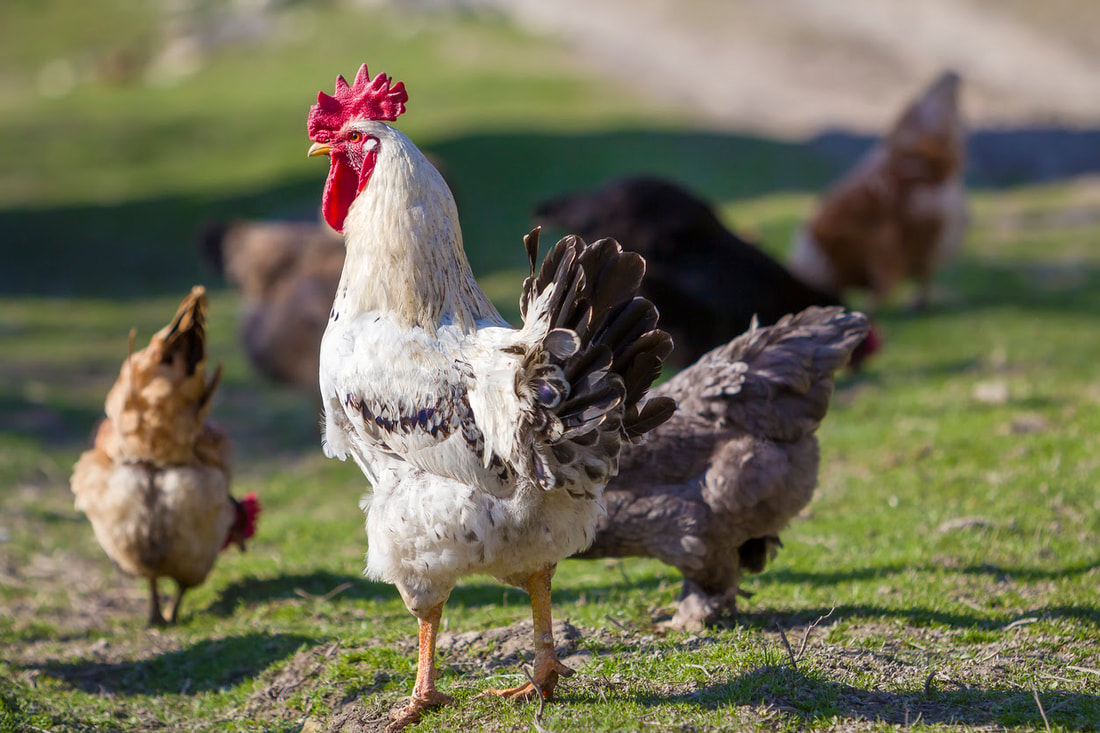|
Adding more chickens to your flock is a delightful way to have more fresh eggs, friendly clucking, and silly antics to watch. In order to achieve a healthy, utopian environment for the whole flock, consider these tips when introducing the newcomers to the rest of the flock. Chickens instinctively establish a pecking order from a very young age. This process establishes an authoritarian system, and determines dominance and rank. With new chickens in the coop, the status quo changes and the pecking order must be reestablished. Chickens will fluff their neck feathers, strut, raise their wings, and peck at each other's necks to establish pecking order. The weaker ones will submit to the more dominant ones and effectively give up their rights to eating and drinking first, as well as access to the most coveted nesting boxes. This is a normal and necessary step to how the flock functions, but introductions should be made slowly and with care. Consider the Breed and Size Some breeds of chickens are more welcoming to newcomers than others. Hybrids, Buff Orpingtons and Plymouth Rocks are friendly, docile, and take to newcomers easily. On the other hand, Silkies or Rhode Island Reds can be very territorial and may not readily accept newbies. Be sure to wait to introduce the chickens until they are all about the same size. Introducing younger chickens while they are still small in size will lead to inevitable bullying. Eggs-amine Your Space Make sure your chicken coop has enough space to accommodate everyone. This includes adequate space on the roosting bar, enough nesting boxes, free space around feeders and waterers, and plenty of personal space per chicken both inside and outside of the coop. Tight, cramped quarters lead to territorial, cranky birds that are more likely to fight. Making Introductions When it's time to make introductions it is wise to not rush the process.
If you haven't done so already, check out our post from last week on tips for building a chicken coop; you might get lucky and find a coupon code!
1 Comment
6/3/2019 09:26:53 pm
I always use egg yolk thinned with a bit of water carefully fed with eyedropper. Carefully clean beak after each feeding. Keep it warm and preferably put one other chick in with it that is eating on its own. This gives it company, warmth and it will start to eat on its own faster watching the healthy chick eat.
Reply
Leave a Reply. |
PopWorms!®
|
|
Site Map
|
Products
Dry Products
PopWorms!® ECO Popworms!® ECO Bulk PopWorms!® PRO Live Products PopWorms!® LIVE PopWorms!® Leftovers |
Shipping
Site-wide
Free Shipping Over $25 |

 RSS Feed
RSS Feed


